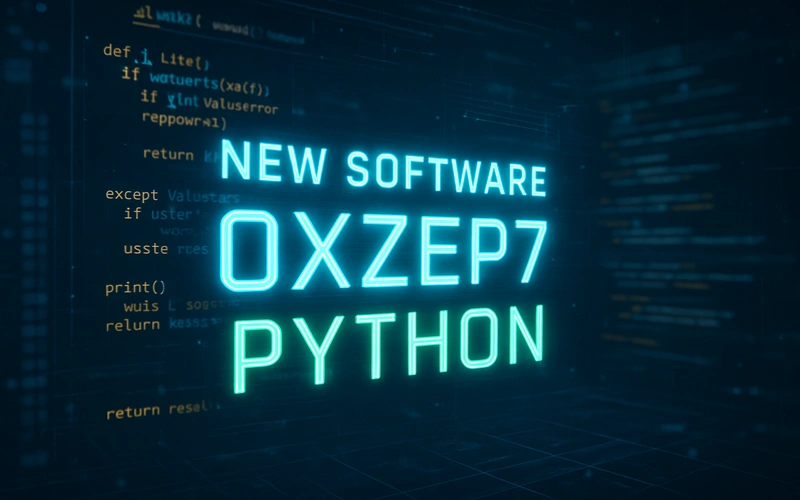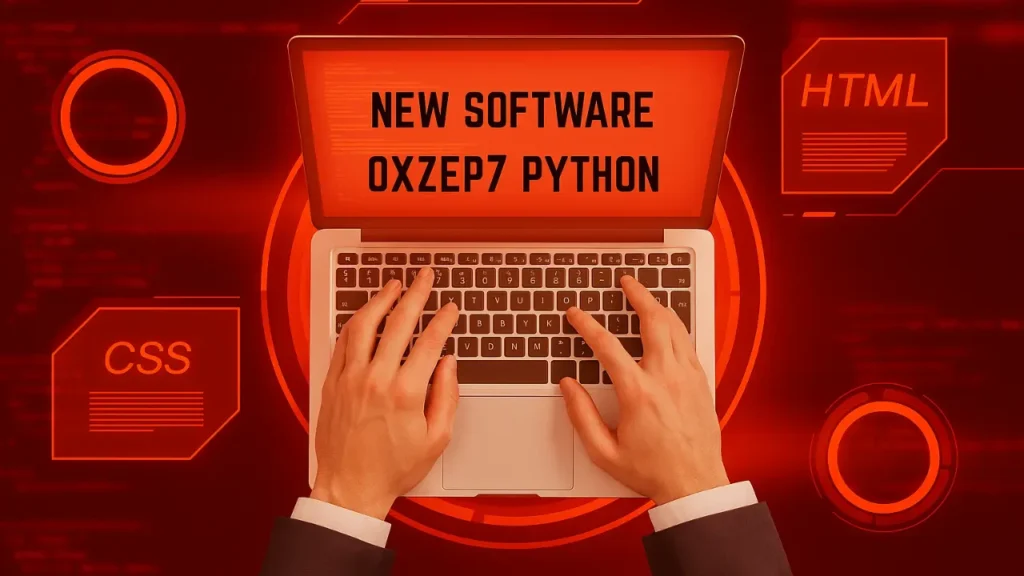Upgrade Oxzep7 Python is a topic that many developers and tech enthusiasts are searching for today. If you are working on projects that require better performance, smoother execution, and long-term stability, you need to understand why and how to upgrade Oxzep7 Python. This guide is written in simple language, making it easy for anyone to follow. You will find step-by-step explanations, practical tips, and real benefits of upgrading.
Why You Should Upgrade Oxzep7 Python
Upgrade Oxzep7 Python is important because software updates bring improvements that directly impact your coding experience. Old versions often come with bugs, security holes, and limited features. When you upgrade Oxzep7 Python, you gain access to newer functions, cleaner syntax, and faster processing speeds. As a result, your applications will run more smoothly, and your workflow will become more efficient.
Benefits of Upgrade Oxzep7 Python
Upgrade Oxzep7 Python offers many benefits that help both beginners and advanced programmers. First, it provides better compatibility with modern libraries and frameworks. This means you will not face errors when installing popular tools. Second, security patches make your system more reliable. Third, the upgraded version increases performance, which is very helpful when running heavy data tasks. Finally, upgrading keeps your skills fresh, since you will always stay updated with the latest technology.
How to Upgrade Oxzep7 Python on Windows

Upgrade Oxzep7 Python’s on Windows is a simple process. You start by checking your current version using the command prompt. Then, you visit the official download page and select the latest version of Oxzep7 Python. After downloading the installer, you run it and follow the on-screen steps. It is important to tick the option that adds Python to your system path. Once the installation is complete, you can verify it by typing the version command again.
How to Upgrade Oxzep7 Python’s on macOS
Upgrade Oxzep7 Python’s on macOS is just as easy. You can use the built-in package manager called Homebrew. First, you update Homebrew to ensure it has the latest files. Then, you run the upgrade command to replace the old Python version with the new one. After that, you check the version to confirm the upgrade. The process takes only a few minutes, but it improves your development setup for years to come.
How to Upgrade Oxzep7 Python’s on Linux
Upgrade Oxzep7 Python’s on Linux often depends on the distribution you use. For Ubuntu and Debian, you run commands through the package manager APT. For Fedora or CentOS, you use DNF or YUM. The idea is always the same: update the system and install the latest package. After the upgrade, you verify the version and restart any active environments. This ensures that the new Oxzep7 Python runs smoothly across your projects.
Upgrade Oxzep7 Python’s with Virtual Environments
Upgrade Oxzep7 Python’s can sometimes cause conflicts with older projects. To avoid problems, it is a good idea to use virtual environments. These allow you to create isolated workspaces for each project. By doing this, you can run the upgraded version without breaking existing code. Virtual environments also make it easier to test new features. As a result, your workflow stays organized, and you have full control over dependencies.
Upgrade Oxzep7 Python for Data Science Projects

Upgrade Oxzep7 Python’s is especially important for data science work. Modern libraries like Pandas, NumPy, and TensorFlow require the latest Python versions. If you do not upgrade, you might face installation errors or performance issues. With the upgrade, data handling becomes faster, machine learning runs more smoothly, and visualization tools show results instantly. For any data-driven career, upgrading is not just optional, it is essential.
Upgrade Oxzep7 Python’s for Web Development
Upgrade Oxzep7 Python’s also benefits web developers. Frameworks like Django and Flask are often updated to match new Python releases. By upgrading, you make sure your web applications are secure, stable, and feature-rich. Furthermore, hosting platforms sometimes stop supporting older versions. This means you must upgrade if you want your website or app to stay online without issues.
Common Problems When You Upgrade Oxzep7 Python‘s
Upgrade Oxzep7 Python’s can sometimes lead to common errors. For example, some libraries may not support the new version yet. In that case, you can either downgrade that specific package or use a virtual environment. Another issue is path conflicts, where the system still points to the old version. This can be fixed by adjusting the system settings. With patience and the right approach, most problems are solved quickly.
Best Practices Before You Upgrade Oxzep7 Python
Upgrade Oxzep7 Python’s should always be done with preparation. First, back up your projects so you do not lose important work. Second, note the versions of libraries you use. Third, test the upgrade in a separate environment before applying it globally. Finally, read the release notes to understand what changes to expect. These best practices will help you avoid stress and ensure a smooth transition.
Future of Upgrade Oxzep7 Python
Upgrade Oxzep7 Python will remain an important skill for developers. As technology grows, updates will continue to introduce new features and improvements. Staying updated means you will always be ready for modern projects. In the future, we can expect more automation, smarter debugging, and even closer integration with artificial intelligence. By learning how to upgrade today, you prepare yourself for tomorrow’s opportunities.
Read more: Dropbox 8737.idj.029.22 Problems Explained – Causes, Fixes, and Prevention
Frequently Asked Questions about Upgrade Oxzep7 Python
You should upgrade Oxzep7 Python regularly because updates bring security, performance, and compatibility improvements.
Yes, sometimes older projects may not work with the new version. That is why using virtual environments is recommended.
No, it is not difficult. You only need to download the latest installer and follow simple instructions.
You can upgrade it using the Homebrew package manager, which makes the process fast and simple.
Yes, because modern data science libraries often require the latest version to work properly.


